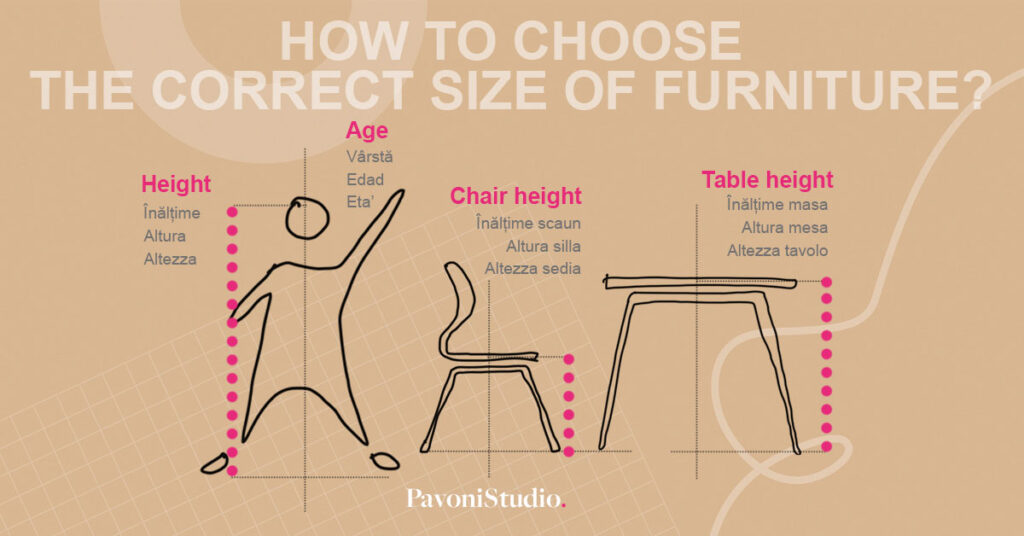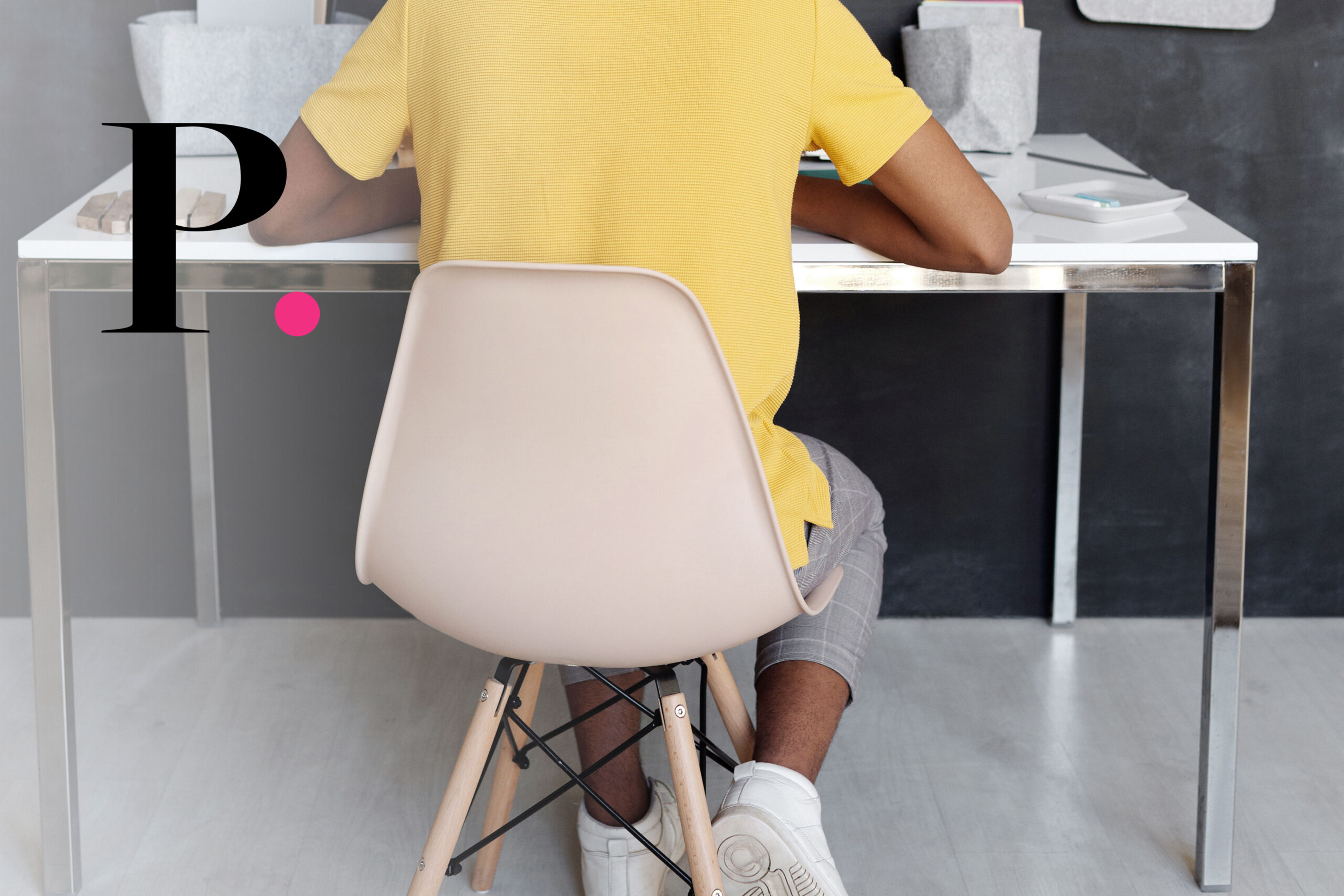Many studies prove there is a strong correlation between student engagement, attention span and interior design settings. According to Kaplan, “Children are more likely to pay attention and are more open to learning if they are comfortable during class”. The guidelines below can therefore be useful and easily adapted to a wide range of spaces, from home studies to more academic spaces like classrooms or study areas.
Is there a correlation between furniture size and children’s age?
Student outcomes can be significantly enhanced by simply improving the quality of the space where they develop their activities. In other words, learning environments can be positively influenced just by choosing the appropriate pieces of basic furniture that are the right size (like tables and chairs).

“What chair size is appropriate for a 6-year-old student?”
“How should I pick the right table height for my class?”
“Children grow fast – does furniture need to change?”
If these questions sound familiar, you are reading the right article. Figuring out appropriate chair and table heights for children growing up so quickly can be confusing and a sometimes even a little frustrating. One thing is certain though, the fact that both chairs and tables, just like clothing items, need to be of the size for their users (children’s age and height). Failing to provide the right size of tables and chairs can result into poor posture which may lead to numerous undesired effects: physical – like back pains, neck pains etc; or emotional and cognitive – like struggles to focus or to engage.
How to choose the appropriate chair height
Chairs are available in a variety of sizes, designs, materials, and finishes. When choosing the right ones, comfort should be on top of the list of criteria, followed by mobility (stackable or not, with or without castors, adjustability etc) and design (making sure it complements nicely the classroom spirit – chromatics, softness etc). A general rule for a healthy posture when checking the chair size – which applies to both adults and children – is that the feet should be able to touch the floor in seated position, preferably with knees forming a 90-degree angle.
How to choose the appropriate table height
Same as chairs, tables must allow a comfortable, relaxed posture. This translates in providing the knees enough space underneath (usually between 17-25 cm below the table top) and the elbows to rest effortlessly on the table. The main focus should be on the table height, chair seat height, and children’s age (keeping in mind an average height range) when deciding which table size is the right fit for your students.
Read more about Smart classrooms and Rising the bar for learning environments here.
Alternative seating options
As mentioned in previous posts, sometimes kids need movement to concentrate, which is why ergonomic stools and other specifically designed seating options are a popular way to help students pay attention.
Nevertheless, always keep in mind that there is no one size fits all in terms of classroom furniture. In order to provide an optimal learning environment with enhanced academic outcomes and general wellbeing, furniture size should be adapted to student age and height.
For a free assessment of your classroom needs, do not hesitate to contact us.
Article authored by Miruna Pavoni.




